A View You’d See From An Asteroid’s Surface!
A view you’d see from an asteroid’s surface!
Japan’s space agency (JAXA) has successfully landed two small rovers on the asteroid Ryugu. Their “mothership” Hayabusa 2 reached the asteroid in summer at a distance of 313 million km (194 million miles) from Earth, a journey which took 3.5 years. Rover-1B captured this video of 15 frames on September 23, 2018.
Another spectacular sight was the Hayabusa 2 spacecraft’s shadow visible on the surface before releasing the rovers:

The mission’s goal is to study this potentially hazardous asteroid, and bring back a sample in 2020! Asteroids are not only space rocks that might collide with our planet, though. They are remnants from our solar system’s formation and help to investigate the origin of life and the Earth’s oceans.
⭐ Stay connected with Sci-universe on Tumblr and Instagram 📸: JAXA / Roman Tkachenko via @haya2e_jaxa
More Posts from Oursj-p and Others

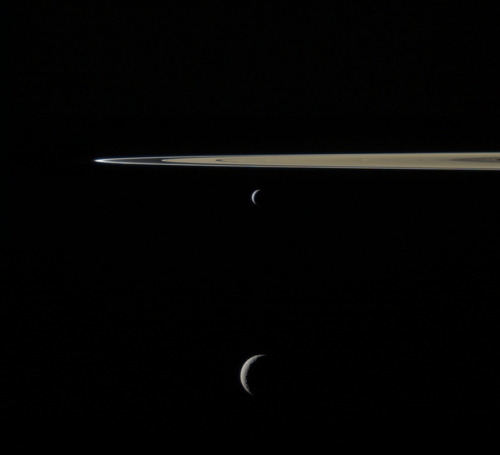
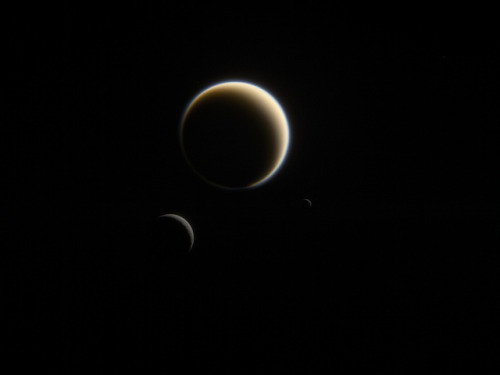
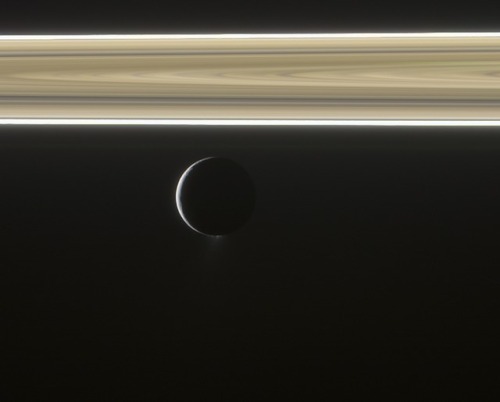
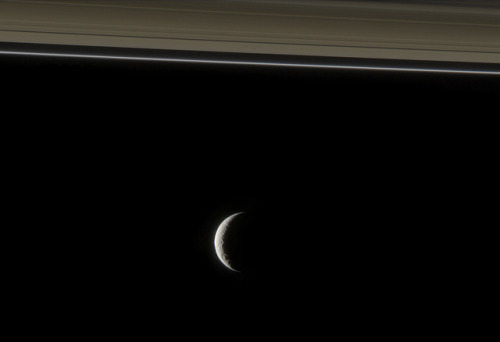
Saturn Rings and Moons: From left, the moons are Janus, Pandora, Enceladus, Mimas and Rhea. Following the images below, Enceladus and Tethys, Titan, Rhea and Mimas. Enceladus and Tethys.
by Gordan Ugarkovic
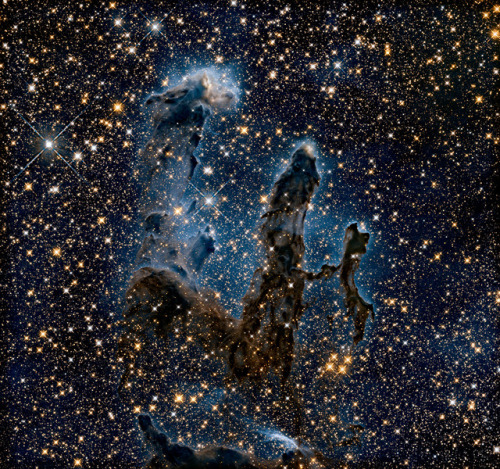

Unfortunately observations made by the Spritzer telescope in 2007 indicate that “the pillars of creation” were destroyed in a supernova about 6000 years ago; but the light from the new nebula won’t reach us for approximately 1000 years.









Robert McCall space art
![Blue Sand Dunes On Mars [2880x1800]](https://64.media.tumblr.com/9295094acbaed06bc3762c7f8a0c3573/tumblr_pauojzlvq21ve10t6o1_500.jpg)
Blue Sand Dunes on Mars [2880x1800]

Artist: Dean Ellis

https://twitter.com/Virginie_Girod/status/1047370710463778816?s=19

Nebula Images: http://nebulaimages.com Astronomy articles: http://astronomyisawesome.com
#astronomy #apod #space #nasa
-
 wakayume liked this · 8 months ago
wakayume liked this · 8 months ago -
 thegentlemanstar liked this · 1 year ago
thegentlemanstar liked this · 1 year ago -
 brightspine reblogged this · 1 year ago
brightspine reblogged this · 1 year ago -
 brightspine liked this · 1 year ago
brightspine liked this · 1 year ago -
 spaceoperajay reblogged this · 1 year ago
spaceoperajay reblogged this · 1 year ago -
 petrsswevery liked this · 1 year ago
petrsswevery liked this · 1 year ago -
 studdedblurb reblogged this · 1 year ago
studdedblurb reblogged this · 1 year ago -
 odinsblog liked this · 1 year ago
odinsblog liked this · 1 year ago -
 resrivertend liked this · 1 year ago
resrivertend liked this · 1 year ago -
 truff1es liked this · 1 year ago
truff1es liked this · 1 year ago -
 espacito reblogged this · 3 years ago
espacito reblogged this · 3 years ago -
 intrusivetoxin liked this · 3 years ago
intrusivetoxin liked this · 3 years ago -
 marvdam reblogged this · 3 years ago
marvdam reblogged this · 3 years ago -
 marvdam liked this · 3 years ago
marvdam liked this · 3 years ago -
 cherryball1234321 liked this · 3 years ago
cherryball1234321 liked this · 3 years ago -
 n-e-l-z liked this · 4 years ago
n-e-l-z liked this · 4 years ago -
 wearerugged reblogged this · 4 years ago
wearerugged reblogged this · 4 years ago -
 stuffandspaghetti liked this · 4 years ago
stuffandspaghetti liked this · 4 years ago -
 sergrusso reblogged this · 4 years ago
sergrusso reblogged this · 4 years ago -
 retrorudy liked this · 4 years ago
retrorudy liked this · 4 years ago -
 richardmark1 reblogged this · 5 years ago
richardmark1 reblogged this · 5 years ago -
 richardmark1 liked this · 5 years ago
richardmark1 liked this · 5 years ago -
 cavernario-galindo liked this · 5 years ago
cavernario-galindo liked this · 5 years ago -
 good-bokeh liked this · 5 years ago
good-bokeh liked this · 5 years ago -
 richhurt reblogged this · 5 years ago
richhurt reblogged this · 5 years ago -
 richhurt liked this · 5 years ago
richhurt liked this · 5 years ago -
 sylvanthorn liked this · 5 years ago
sylvanthorn liked this · 5 years ago -
 boa-cervidae reblogged this · 5 years ago
boa-cervidae reblogged this · 5 years ago